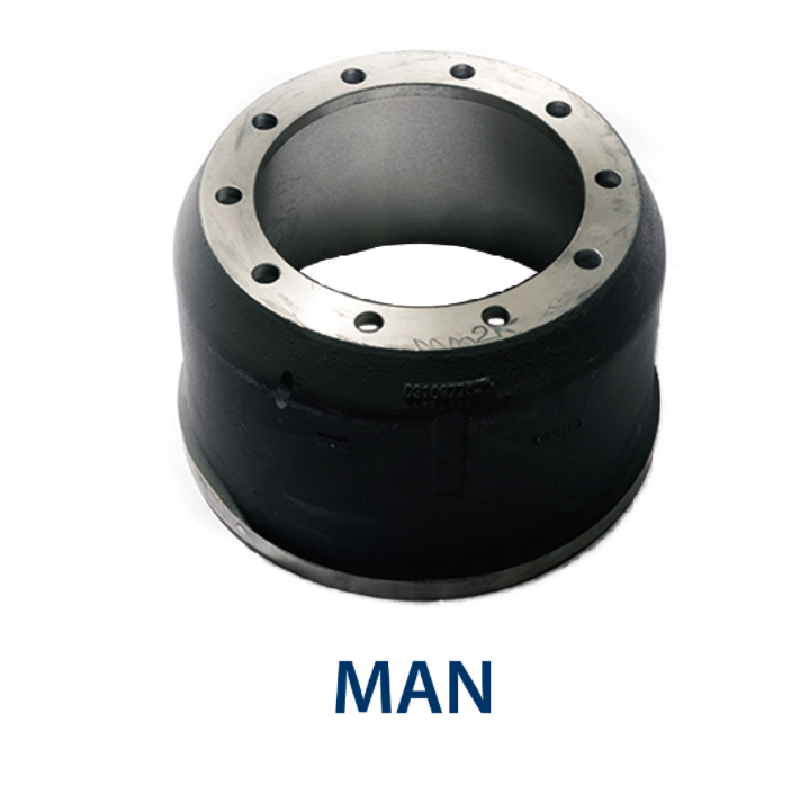Сен . 16, 2024 09:50 Back to list
how to measure a brake drum
How to Measure a Brake Drum
Measuring a brake drum is crucial for ensuring the proper performance and safety of a vehicle’s braking system. Brake drums play a vital role in a vehicle's ability to stop effectively, and knowing how to accurately measure them can help in determining whether they need replacement or resurfacing. Here's a step-by-step guide on how to measure a brake drum properly.
Tools Required
Before you begin, gather the necessary tools 1. Caliper A digital or dial caliper is ideal for precise measurements. 2. Micrometer For measuring thickness accurately. 3. Straightedge To check for warping. 4. Vernier scale (optional) For detailed measurements.
Step 1 Remove the Brake Drum
Start by securely lifting the vehicle and removing the wheel. Ensure that the vehicle is on a stable surface and use jack stands for safety. Once the wheel is off, locate the brake drum, which is typically mounted over the brake shoes.
Step 2 Measure the Diameter
To measure the brake drum’s diameter, use the caliper. Place the caliper’s jaws inside the drum and expand them until they touch the inner surface. Make sure to take measurements at multiple points around the circumference to account for any irregular wear. Record the largest measurement as the drum’s diameter, which is often referred to in inches.
how to measure a brake drum

Step 3 Measure the Thickness
Next, check the thickness of the brake drum. Use the micrometer to measure the wall thickness at several locations. It’s important that the thickness meets the manufacturer’s specifications, as excessive wear can lead to brake failure. Typically, a brake drum should not be turned or used if it is below the minimum thickness specified by the manufacturer.
Step 4 Check for Warping
Using a straightedge, lay it across the drum’s surface and use a feeler gauge to check for any gaps. A gap indicates that the drum may be warped. Warping can occur due to overheating or excessive wear and can lead to uneven braking. If warping is detected, the drum may need to be resurfaced or replaced.
Step 5 Inspect for Cracks and Damage
Perform a visual inspection of the drum for any signs of cracks, scoring, or other damage. Look closely at the braking surface and the edges. Any significant damage will necessitate replacement to ensure safe braking performance.
Conclusion
Measuring a brake drum is a straightforward process that requires a few simple tools and attention to detail. By regularly checking the dimensions and condition of your brake drums, you can ensure optimal performance and maintain the safety of your vehicle. If you find any discrepancies or extensive wear, consult with a professional mechanic for further advice or potential replacement.
-
Brake Drum Man - High-Quality Drum Brake Drum & Brake Drum and Brake Shoe Solutions
NewsJul.06,2025
-
Brake Drum Man High-Quality Drum Brake Drum and Brake Shoe Supplier
NewsJul.06,2025
-
High-Quality Brake Drum Liza for Reliable Performance Drum Brake Drum & Brake Shoe Solutions
NewsJul.06,2025
-
High-Quality Brake Drum MAZ – Durable Drum Brake Drum & Brake Drum and Brake Shoe Solutions
NewsJul.05,2025
-
High-Quality Brake Drum Iveco - Durable Drum Brake Drum & Brake Shoe Solutions
NewsJul.05,2025
-
High-Quality Brake Drum MAZ – Durable Drum Brake Drum & Brake Drum and Brake Shoe Solutions
NewsJul.04,2025
